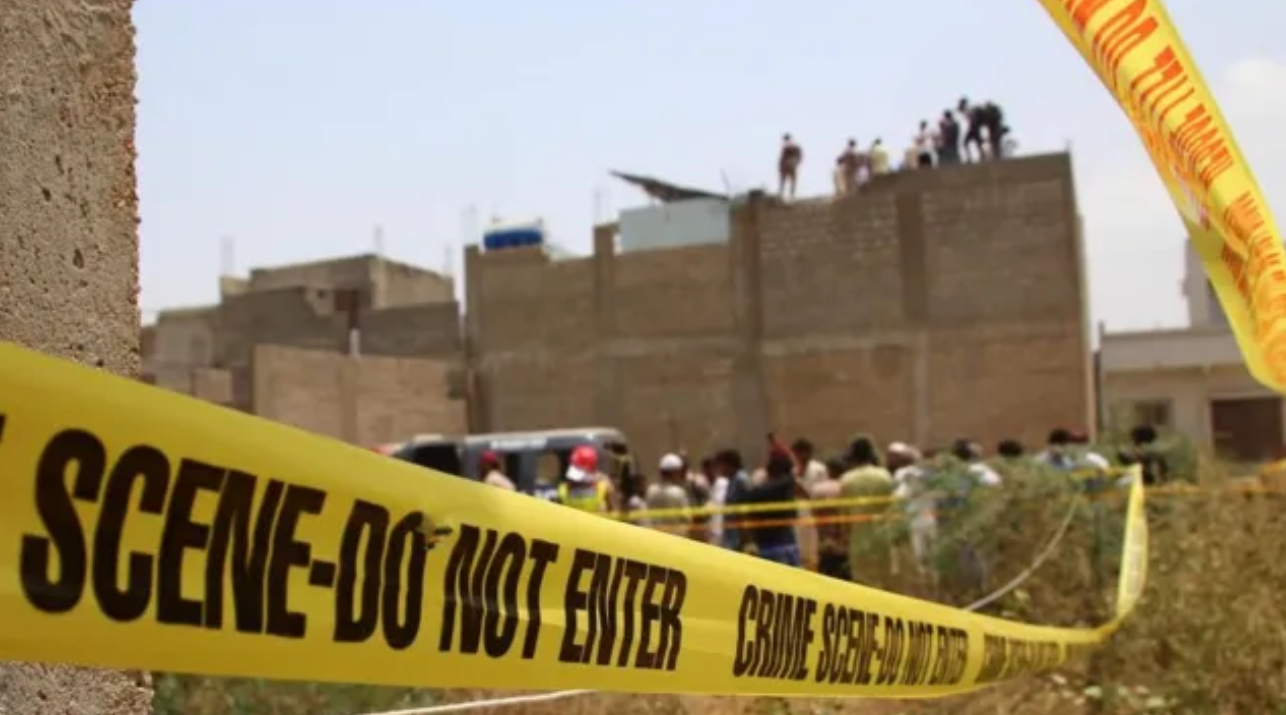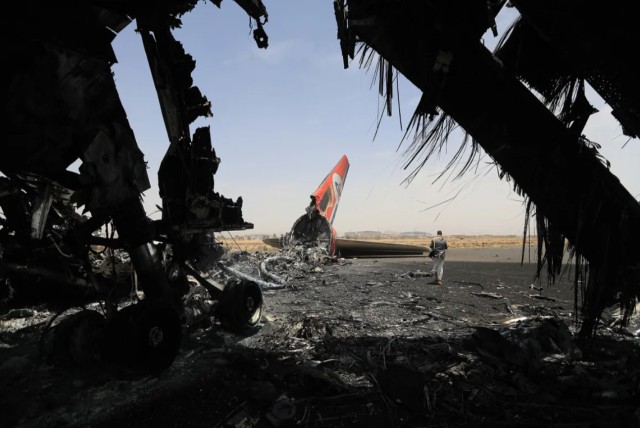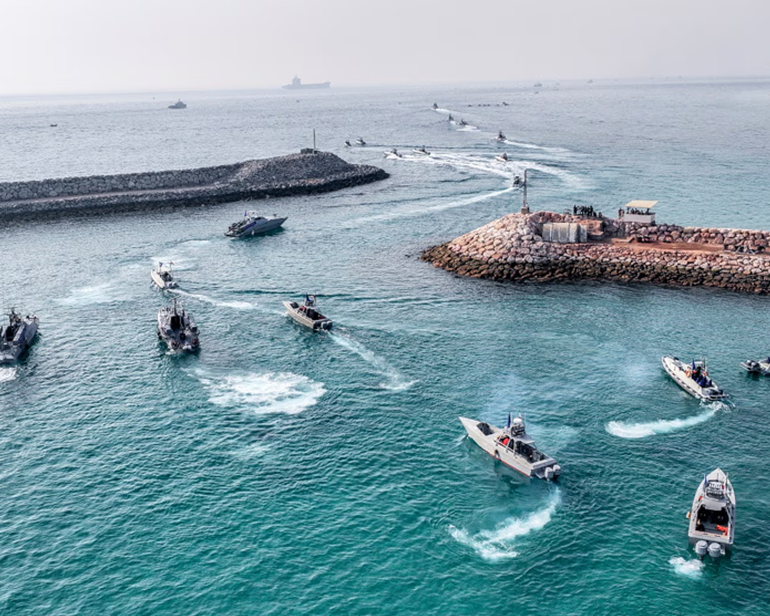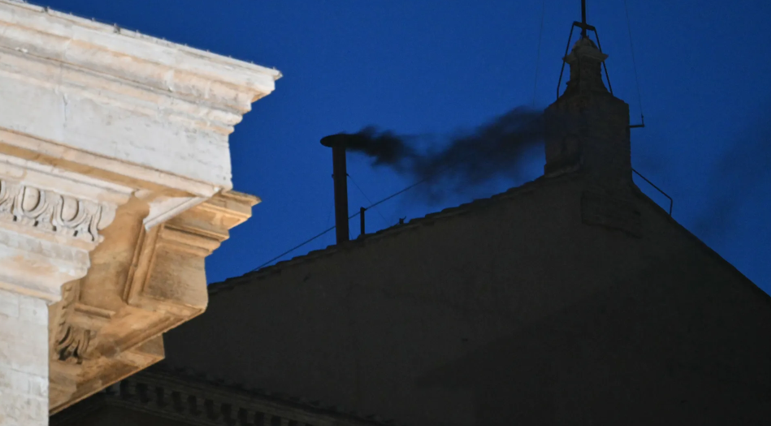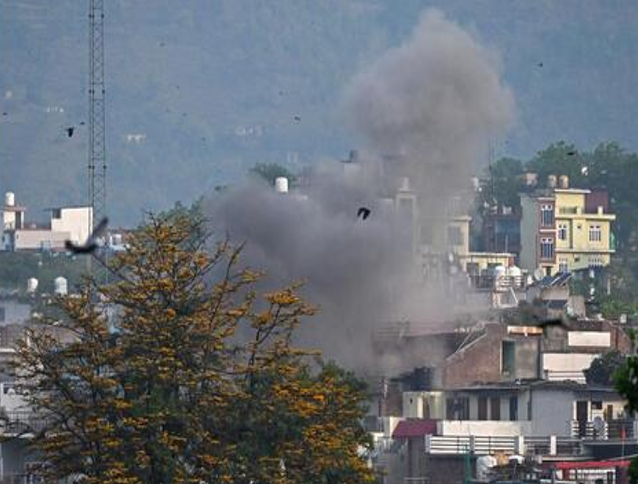
People wait outside their homes and buildings after an alarm sounded warning of a tremor, in Mexico City, Mexico, January 12, 2025. PhotoHenry Romero / REUTERS
Southwest Mexico experienced a powerful earthquake measuring 6.2 on the Richter scale on Sunday, according to the U.S. Geological Survey. Thankfully, initial reports indicated no casualties or significant structural damage.
The quake’s epicenter was located approximately five miles from Coalcomán de Vázquez Pallares, a municipality with a population of around 20,000, situated roughly 372 miles west of Mexico City. The seismic event occurred at a depth of 53 miles beneath the Earth’s surface.
Mexican President Claudia Sheinbaum addressed the situation on the social media platform X, confirming that the country’s national emergency services had initiated review protocols in the affected area. She noted that there were “no new developments” as of the latest updates.
Mexico’s geographical location makes it one of the most earthquake-prone nations globally, as it lies atop five tectonic plates. The country’s Pacific coastline is particularly vulnerable to seismic activity.
Historical data highlights Mexico’s susceptibility to devastating quakes. In 1985, a catastrophic 8.1-magnitude earthquake struck near the Pacific coast, leading to widespread destruction in central and southern Mexico, claiming thousands of lives, and severely damaging Mexico City. More recently, a 7.1-magnitude quake on September 19, 2017, resulted in 369 fatalities, primarily in the capital.
Coincidentally, on the same date in 2022, central Mexico was rocked by another significant earthquake. The 7.6-magnitude tremor struck mere hours after millions participated in a nationwide earthquake preparedness drill. Its impact was felt up to 1,500 miles away, even generating four-foot waves inside Devils Hole, a cave in Death Valley, USA.
As authorities continue to monitor the aftermath of Sunday’s quake, the incident serves as a reminder of the region’s ongoing vulnerability to seismic events.




